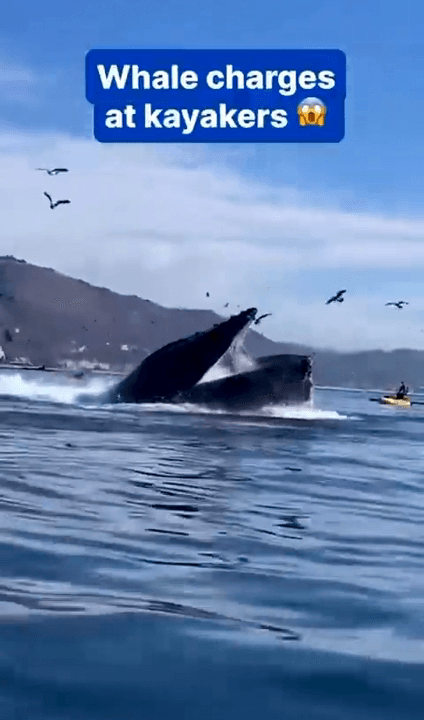
The early season is a great time to hunt whitetails. Food sources are plentiful, deer are unpressured and they’re on consistent patterns. The latter point is the most important because that’s what makes them the most huntable. Whitetails are repeating very similar patterns on a consistent basis. That makes them killable. What makes them unkillable? Hunting them incorrectly and in the wrong places. Here are five spots to avoid. 1. Untimely Food Sources Deer are always focused on the food. They shift as food sources change. But generally, they remain in each pattern for several days or weeks. It’s all about finding the best, freshest food source. Deer are concentrate selectors, meaning they are constantly seeking out the best food source on the landscape. Generally, these patterns vary based on geographic location and change from property to property. In one location, deer might be targeting green soybeans. On a neighboring tract, they could be hitting the first of the white oak acorns.
Post: 14 October 20:15















































